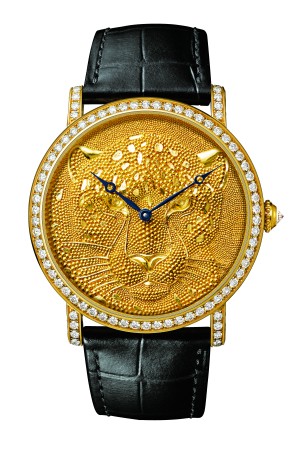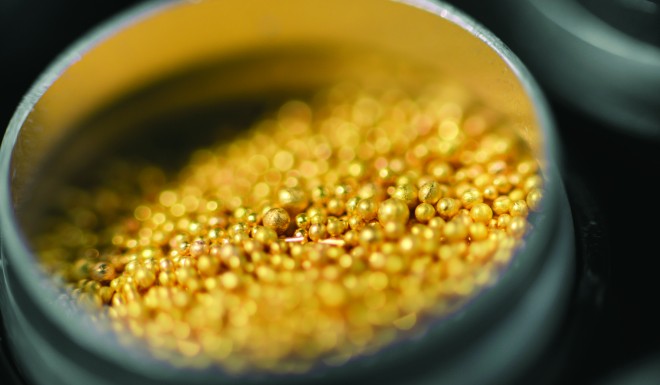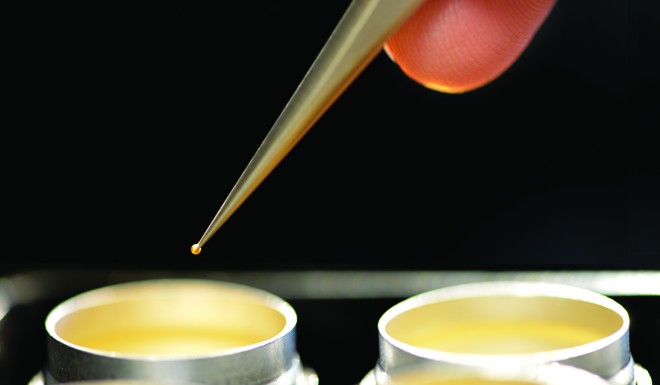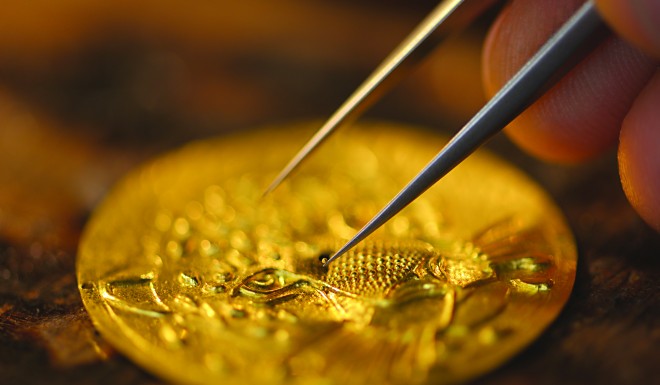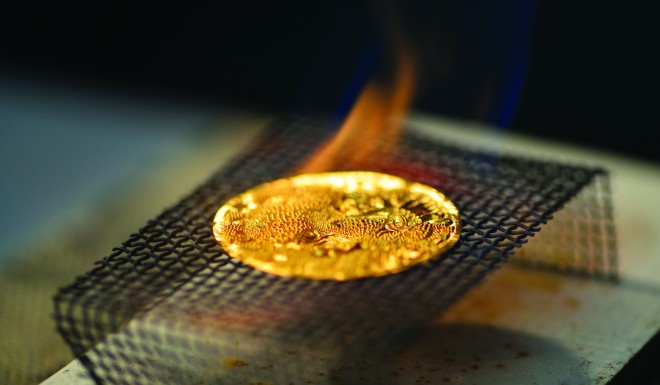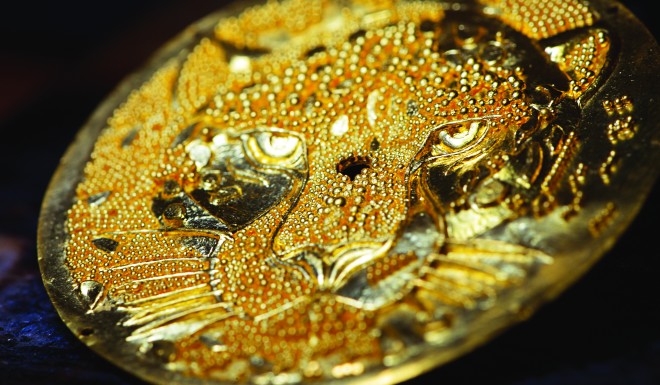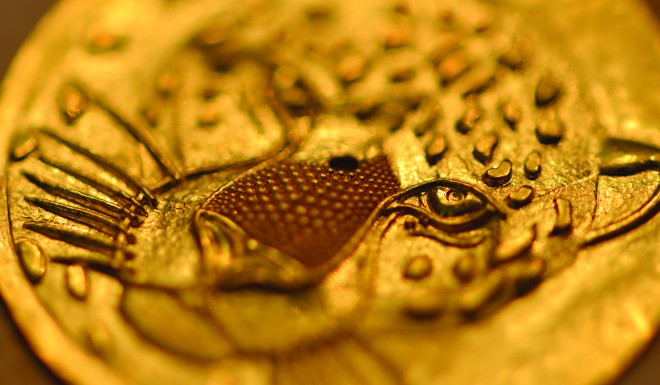
The making of an icon: Rotonde de Cartier Panther watch
A look behind the scenes at the making of an icon: Rotonde de Cartier Panther watch

It’s impossible to think of Cartier without immediately picturing the brand’s iconic panther.
The beautiful cat stars in Christmas campaigns and billboards year-round, and is the brand’s most heavily featured and sought-after icon in its timepiece and jewellery collections.
The Rotonde de Cartier, Panther Décor Granulation is a stunning interpretation of the motif, created using thousands of pieces of gold. The granulation savoir-faire dates back to the 3rd millennium BC, but it wasn’t until the 8th century BC that Etruscan craftsmen brought the technique to the fore of the artistic world, using it to adorn jewellery and other precious objects.
Today, the Pegasus reel (circa 4th century BC) is one of the most famous pieces in existence and is on display in the Louvre. Cartier delves into the history of this savoir-faire and creates a timepiece that is rich in both heritage and beauty.
1
This interpretation of the Rotonde de Cartier Panther is a celebration of the art of gold granulation. The craftsman spends about 40 hours hand-engraving the dial, while the process of creating, placing and fusing the gold granules onto the dial requires 320 hours.
2
The meticulous process begins with creating the precious granules of gold. To prepare the granule supply, the craftsman carefully cuts small pieces from a gold filament. A variety of sizes are needed for the timepiece, and the smaller the filament cut, the smaller the granule would be.
3
The intricate dial for this timepiece requires a total of 3,850 granules. With the supply ready, the craftsman can then begin the second stage, which involves carefully depositing the granules on the dial. The dial, which has already been engraved by hand, already features the outline of the panther’s head.
4
The differently sized granules are then placed according to the artwork’s shading and relief. This is a particularly time-consuming and painstaking step of the process, as the dial must be fired after the placement of up to five granules for proper fusion. The whole dial can require up to 3,500 times of fusing.
5
The fusion process can be tricky, and this is where the artist’s expertise comes into play. The craftsman has to know the exact time required to fuse the granules by noting the colour change of the gold. The ideal fusing temperature occurs when the granules turn a specific shade of red – any hotter and the craftsman risks melting the whole dial.
6
As the granulation process draws to a close, the intricacy of the artwork becomes increasingly apparent, as does Cartier’s commitment to producing beautiful pieces for its Metiers d’Art collections. The Rotonde de Cartier, Panther Décor Granulation comes in a 18ct yellow gold case set with 3.63ct of diamonds, and is limited to 20 pieces.
ICON CREATED!
